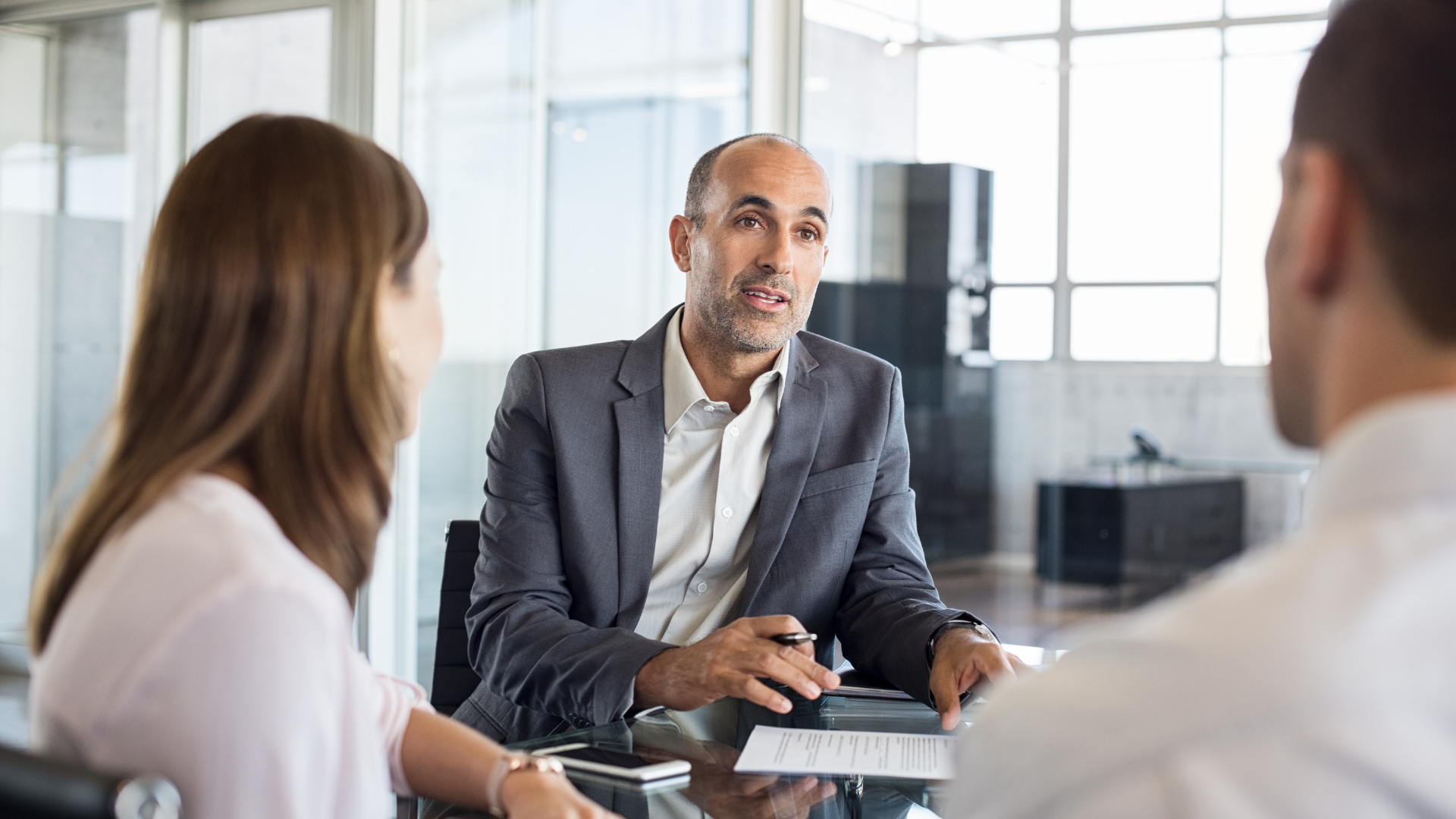First-Time Homebuyer? A Brief Guide on How to Survive the Closing and Mortgage Selection Process
Buying a home is one of the biggest decisions you’ll make, and likely the largest purchase of your lifetime. With that being said, you should make sure that you remain aware and conscientious throughout the home buying and mortgage selection process. If you’re a first-time homebuyer, you’ll need some basic information in order to ensure that the process goes as smoothly as possible. Here’s your brief guide on how to survive and thrive in your closing and mortgage process of Vancouver real estate.

Mortgage Pre-Approval: Best Before You Commence Your Search
Before you actually start searching for home, you need to figure out one key piece of information: how much you can afford. Sometimes, buyers believe they can afford a particular price and they start home shopping before they are pre-approved for a mortgage, only to later discover that they can’t get financing for that amount. To avoid this, make sure you get pre-approved for your mortgage in Vancouver, and make a visit to your mortgage broker before you commence your property search.
Negotiations: Remain Calm and Have a Plan B
Once you’ve found the house you would like to purchase, you’ll enter into another realm that will put you one step closer to having keys in your hand: negotiations. This can be a stressful time, and one that can also take longer than many buyers expect, so it is important to remain cool and calm. During this time, rely on your real estate professional for the proper advice, and if possible have a plan B—i.e., another home you’d consider purchasing if an agreement can’t be reached on the first.
Mortgage Selection: Do Your Research Beforehand
Once you have found your future home and negotiated on the price with an accepted offer, one of your conditions on the contract will likely be to get approved for financing. This is when you will be presented with different mortgage options from your mortgage broker. By this time, you should have done your research to determine whether you feel most comfortable with a fixed or variable-rate mortgage. Once the home price is established, your broker will be able to give you a determined mortgage cost, and you will be able to make an educated, thought-out decision.
Home Inspection: Caution Versus Acceptance
During your home inspection, be sure to remember one piece of critical information: there will virtually always be deficiencies found in any home, even if it’s brand new. With that in mind, use your common sense and rely on your realtor and home inspector to help you remain both cautious and accepting.
Final Walk-Through: Ensure Contractual Rights Are Met
The last step before you get keys and move into your new home is to do a final walk-through. This is when you will ensure that the home is in the same condition as it was when you viewed the property, and that any additions, changes, or updates included in the contract have been completed by the seller.
Though the process of buying your first home can be overwhelming and stressful, it can also be a lot of fun, especially when dealing with trusted professionals. Hire the realtor and mortgage broker that are right for you, and be sure to make the most of this life milestone. For more specified information on how to survive your unique closing and mortgage selection process, contact us via email today.
Share












